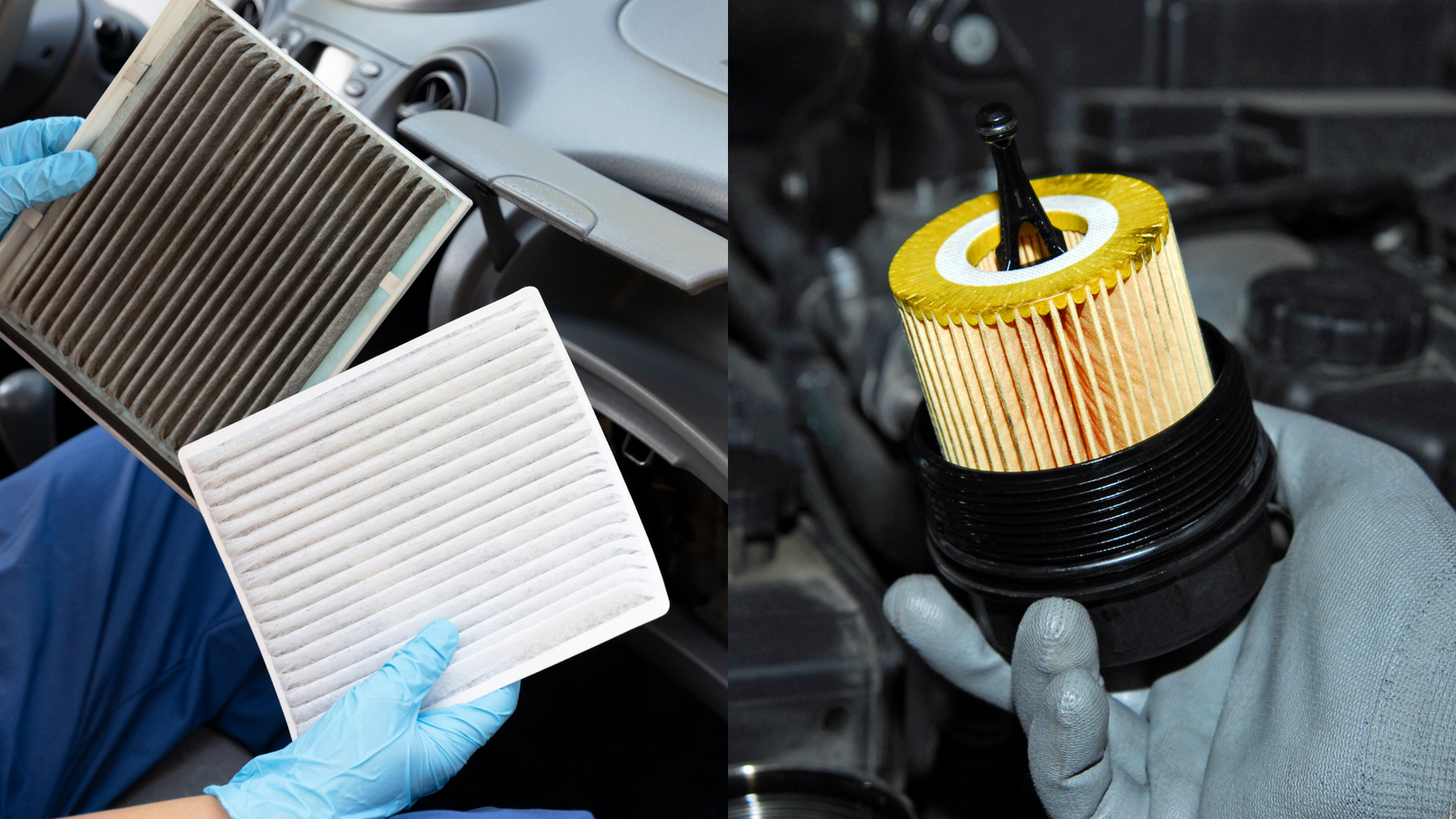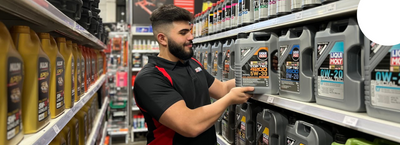If you’re just getting into car maintenance or browsing for parts online, you may have come across two very similar-sounding items: the air filter and the cabin filter. While they both filter air, they serve completely different purposes. Knowing the difference can help you maintain your vehicle properly, breathe cleaner air, and improve overall engine performance.
Here’s a simple breakdown to help you understand the key differences between these two essential car filters.
Engine Air Filter: What It Does
The engine air filter (often just called the air filter) is responsible for filtering the air that goes into your engine. Clean air is essential for combustion, and the air filter prevents dust, dirt, insects, and other debris from getting into the engine where it could cause damage.
Key Functions:
-
Protects your engine from harmful particles
-
Ensures optimal air/fuel mixture for combustion
-
Improves fuel efficiency and engine performance
Symptoms of a Dirty Engine Air Filter:
-
Decreased fuel economy
-
Engine misfires or hesitation
-
Reduced acceleration
-
Dirty or clogged appearance
Replacement Guide:
Most manufacturers recommend replacing the engine air filter every 15,000 to 30,000 km, but this depends on driving conditions. Dusty or rural environments may require more frequent changes.
How to Check or Replace an Engine Air Filter:
-
Open the bonnet and locate the air filter housing (usually a black plastic box).
-
Unclip or unscrew the housing cover.
-
Remove the filter and inspect it against a light. If it looks dirty or clogged, it's time to replace it.
-
Insert the new filter with the same orientation.
-
Secure the cover back in place.
Cabin Filter: What It Does
The cabin filter (also known as a pollen or HVAC filter) is designed to filter the air that comes into the cabin of the vehicle through the heating, ventilation, and air conditioning (HVAC) system.
Key Functions:
-
Filters dust, pollen, mould spores, and even exhaust fumes
-
Keeps the air you breathe inside the car clean
-
Helps reduce odours and allergens
Symptoms of a Dirty Cabin Filter:
-
Musty or unpleasant smell inside the car
-
Reduced airflow from air vents
-
Foggy windows
-
Allergy flare-ups or sneezing while driving
Replacement Guide:
Cabin filters should be replaced every 12 months or 15,000 km, especially if you drive in high-traffic areas or cities where pollution and allergens are more common.
How to Check or Replace a Cabin Filter:
-
Most cabin filters are located behind the glove box or under the dashboard.
-
Open or remove the glove box to access the filter slot.
-
Slide out the old cabin filter and inspect for dirt and debris.
-
Insert the new filter with the airflow arrow pointing in the correct direction.
-
Reassemble the glove box or panel.
Quick Comparison
| Feature | Engine Air Filter | Cabin Filter |
|---|---|---|
| Filters air for | The engine | The passenger cabin |
| Main purpose | Clean combustion air | Clean air for driver and passengers |
| Affects performance? | Yes, directly | No, but affects comfort and health |
| Typical location | Under the bonnet | Behind glovebox or near dashboard |
| Replacement frequency | 15,000–30,000 km | 12 months or 15,000 km |
Common Myths About Filters
Myth 1: Cabin filters aren’t important.
Truth: Cabin filters affect the air quality you breathe and can significantly reduce allergy symptoms and bad smells.
Myth 2: You can wash and reuse air filters.
Truth: Most filters sold for everyday vehicles are not reusable and should be replaced when dirty.
Myth 3: Filters only need replacing if the engine light comes on.
Truth: Waiting for a dashboard warning is too late — filters should be replaced based on visual checks or scheduled intervals.
Why Both Filters Matter
Many car owners focus on oil changes and tyre rotations but forget these simple filters that make a big difference in how your vehicle performs and how comfortable your ride is. A clogged engine air filter can reduce power and mileage, while a dirty cabin filter can turn every drive into an allergy-triggering nightmare.
At Universal Auto Spares, we stock both engine and cabin filters for popular vehicles like Toyota HiLux, Ford Ranger, Mazda BT-50, and more.
Final Thoughts
Both your engine and your lungs deserve clean air. Replacing your engine air filter helps your car breathe better, and swapping out your cabin filter helps you breathe better.
Check your service history or pull out the filters and have a look – if they’re dirty, it’s time for a change.









